
views
X
Research source
Deciding If NuvaRing Is Good For You

Do not use NuvaRing if you have certain health conditions. Discuss your complete medical history with your doctor when deciding whether to use NuvaRing. NuvaRing is not safe for women who: Smoke and are over 35. Are at a high risk for blood clots, strokes, or heart attacks. Have uncontrolled high blood pressure. Have diabetes and kidney, eye, nerve or blood vessel damage. Get migraines. (However, some women who get migraines are still candidates for the NuvaRing.) Have liver disease. Have liver tumors. Have unexplained vaginal bleeding. Have a history of breast cancer or other hormone sensitive cancers. Are pregnant or could be pregnant.

Do not depend on NuvaRing to protect you from HIV (AIDS) or other sexually transmitted diseases. It will not prevent disease transmission during vaginal, anal, or oral sex. To reduce your chances of contracting a sexually transmitted disease, you can: Abstain from all sexual activity. Be in a monogamous relationship with someone who is uninfected. Use an additional method of protection, such as a latex male or female condom.

Tell your doctor about all medications you are on. This includes herbal supplements and home remedies. This is important because some medications can interfere with the ring’s effectiveness. These include: Rifampin, an antibiotic. Griseofulvin, an antifungal. Some HIV medications. Some anti-seizure medications. St. John’s Wort.

Get more information if you still have questions. It is important to be well informed before you make a decision. You can get more information by: Contacting your doctor. Reading more about the NuvaRing on trustworthy websites. Calling 1-877-NUVARING (1-877-688-2746).
Inserting NuvaRing

Get a prescription for NuvaRing from your doctor. If you haven't had a gynecological exam recently, your doctor will probably do a standard pelvic exam during which he or she will examine your vagina, cervix, ovaries, and uterus. The exam will only last a few minutes and the whole appointment will probably be less than an hour. You can do this at your local health clinic, a Planned Parenthood Clinic, or your university health center. You can then fill the prescription at a drug store or clinic. The rings are one-size-fits-all. Ask your doctor about whether NuvaRing is likely to fit with your lifestyle, budget, and birth control needs. (It does not protect against sexually transmitted diseases like HIV). If you have health concerns, are taking other medications, or are worried about side effects, discuss them with your doctor. It may cost up to $80 through Planned Parenthood. However, if you go through your doctor and you do not have insurance, then it may cost as much as $150 per month. Rings should be kept at room temperature and not exposed to direct sunlight. Do not use expired rings.
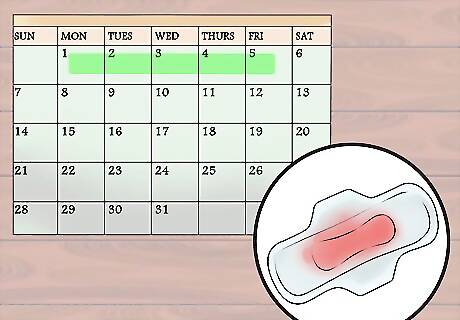
Start the NuvaRing during the first five days of your period. This will enable the ring to protect you right away. If you start later in your cycle, you will need a backup method of birth control for the first seven days of using the ring. Condoms and spermicide can be used as backup methods with the ring. Cervical caps, diaphragms and sponges should not be used because they can be difficult to place correctly. Wait at least three weeks before starting the ring after having a vaginal birth. If you have a high risk of blood clots, you may need to wait longer. Ask your doctor what is best for you. Talk to your doctor before using it while breastfeeding. Some of the hormones may be transmitted to your baby through your milk.

Choose a position that is comfortable for you. Inserting the NuvaRing is similar to inserting a tampon, so you will probably have the easiest time if you use the same position. You can do it while: Lying on your back in bed. This method may be best if you are nervous. Sitting on the toilet or a chair. Standing with one leg up, such as on the toilet seat. Some women find this method easiest when starting. Using an empty unused tampon applicator to insert the ring. You can remove a tampon from the applicator and then use the empty applicator to insert the NuvaRing.
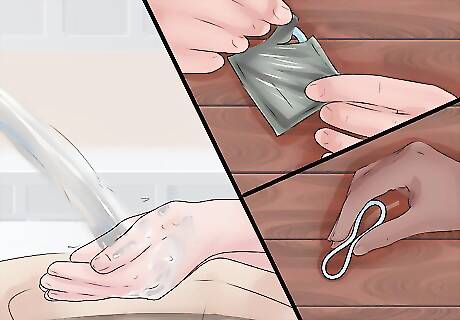
Prepare the NuvaRing. First wash your hands before you open the NuvaRing package. Opening it using the notches in the package. Tear gently because you will keep the foil. Keep the resealable foil packaging so you can use it to dispose of the ring when you are done with it. Pinch the sides of the ring flat between your thumb and index finger so that it makes a long loop. Now you are ready to insert it.
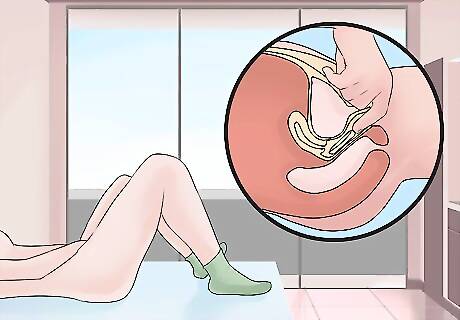
Slide the folded ring into your vagina. Use your index finger to push it in. If it feels uncomfortable, you may not have inserted it far enough. It does not have to be in a particular position in order to work. You may be aware of it, or occasionally feel it if it moves a little bit, but it should not hurt. If you have pain, or cannot find it again in your vagina, call the doctor. Occasionally women have inserted it into their bladder. If you think you have done this, go to the emergency room. However, this is not common.
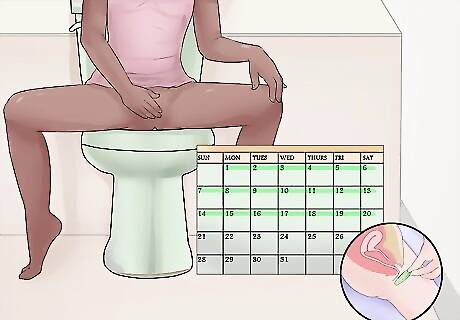
Remove the NuvaRing after 3 weeks. You should remove it at the same time of the day that you inserted it and exactly 3 weeks later. When you do this, you should: First wash your hands. Be sure to thoroughly rinse your hands so that you don't introduce soap into your vagina. It is best to wash with a mild soap. Put your index finger into your vagina until you feel the edge of the NuvaRing. Stick your finger through the loop and carefully pull the loop out. Put the used ring into the resealable packaging that it came in and dispose of it in the trash. Do not flush it down the toilet or put it somewhere where children or pets may find it. After exactly seven days, insert the next ring. Do it at the same time of day that you removed the previous ring, even if you are still menstruating.
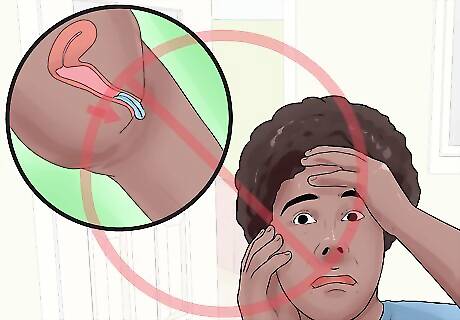
Don’t panic if the ring slips out briefly. If you realize that the ring has come out, rinse it off and put it back. If the ring has been out for more than 48 hours, use a back up method of birth control for seven days. Don’t use a cervical cap, diaphragm, or sponge as a backup method because the ring may prevent them from being positioned correctly. A condom or spermicide can be used as backup methods If you leave the ring in for more than a month, you will also need to use backup protection. After a month, the may not give you enough hormones to prevent pregnancy. This means you should use a backup method for seven days, even after you insert the new ring.

Watch for side effects. Some women experience side effects that cause them to choose to switch to a different method of birth control. Women have reported: Irritation to the vagina or cervix. Headaches and migraines. Mood disturbances such as depression. Nausea. Vomiting. Vaginal discharge. Putting on weight. Breast pain, vaginal, or abdominal pain. Pain during menstruation. Pimples. Reduced sex drive. High blood sugar. High fat content in the blood. Darkened, blotchy skin. An allergic reaction such as hives. Changes in your period, like irregular bleeding or spotting.

Call emergency responders if you develop severe complications from NuvaRing. These reactions are not common, but when they do occur, they may start suddenly and quickly become worse.These complications could include: Pain in your leg that doesn’t stop. Difficulty breathing. Partial or complete blindness. Chest pain or pressure. Severe headache. Weakness or numbness in an arm or leg. Difficulty speaking. Yellow skin. Yellow eyes. Symptoms of Toxic Shock Syndrome, such as sudden, high fever, vomiting, diarrhea, a rash that looks like a sunburn, aching muscles, dizziness, fainting.


















Comments
0 comment